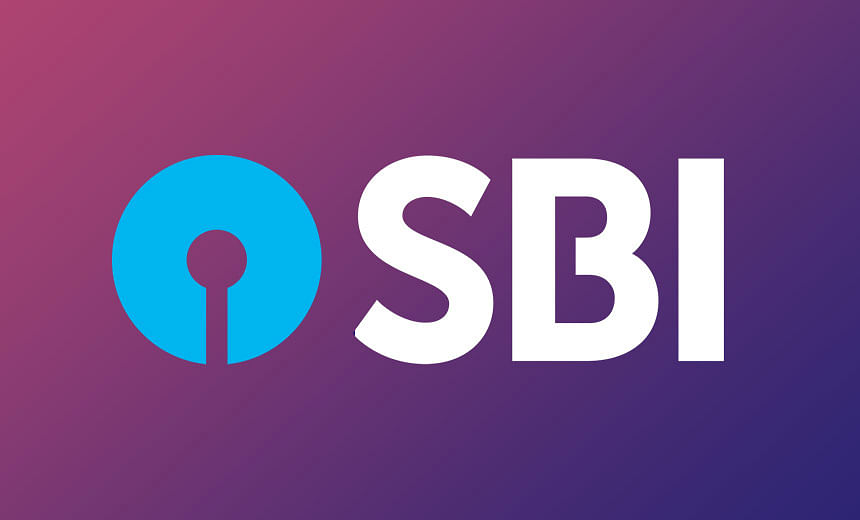
Australia's High Commissioner to India, Patrick Suckling, has welcomed a sharp increase in the number of Indians applying for student visas to Australia.
The latest immigration figures show 4148 Indians made offshore applications for student visas between July and September last year - more than double the figure for the same period in 2012.
More than 90 per cent of Indians, who applied for student visas were successful, compared with 74 per cent in 2012.
"These figures show that an increasing number of Indian students are being drawn to Australia's world class higher education system," High Commissioner Suckling said.
"Just as important, they show that far fewer Indian students are being refused visas, and that recent changes designed to enhance the competitiveness and integrity of Australia's international education sector are working.
"Australia welcomes Indian students, who make a vital contribution to both academic life and the communities in which they live."
The student visa program quarterly report also demonstrates that Australian Government officials are dealing effectively with increased demand.
Seventy-five per cent of offshore applications by Indians were processed within 29 days, and 50 per cent were processed within 20 days.
More than 10 per cent of all student visas granted in the three month period went to Indian nationals. India remains the second largest source of overseas students in Australia after China.
"Australia provides an academic environment that has been internationally recognised as secure, culturally diverse and intellectually rewarding," High Commissioner Suckling said.
"It's clear that Indian students agree - and they are voting with their feet.
The latest immigration figures show 4148 Indians made offshore applications for student visas between July and September last year - more than double the figure for the same period in 2012.
More than 90 per cent of Indians, who applied for student visas were successful, compared with 74 per cent in 2012.
"These figures show that an increasing number of Indian students are being drawn to Australia's world class higher education system," High Commissioner Suckling said.
"Just as important, they show that far fewer Indian students are being refused visas, and that recent changes designed to enhance the competitiveness and integrity of Australia's international education sector are working.
"Australia welcomes Indian students, who make a vital contribution to both academic life and the communities in which they live."
The student visa program quarterly report also demonstrates that Australian Government officials are dealing effectively with increased demand.
Seventy-five per cent of offshore applications by Indians were processed within 29 days, and 50 per cent were processed within 20 days.
More than 10 per cent of all student visas granted in the three month period went to Indian nationals. India remains the second largest source of overseas students in Australia after China.
"Australia provides an academic environment that has been internationally recognised as secure, culturally diverse and intellectually rewarding," High Commissioner Suckling said.
"It's clear that Indian students agree - and they are voting with their feet.








